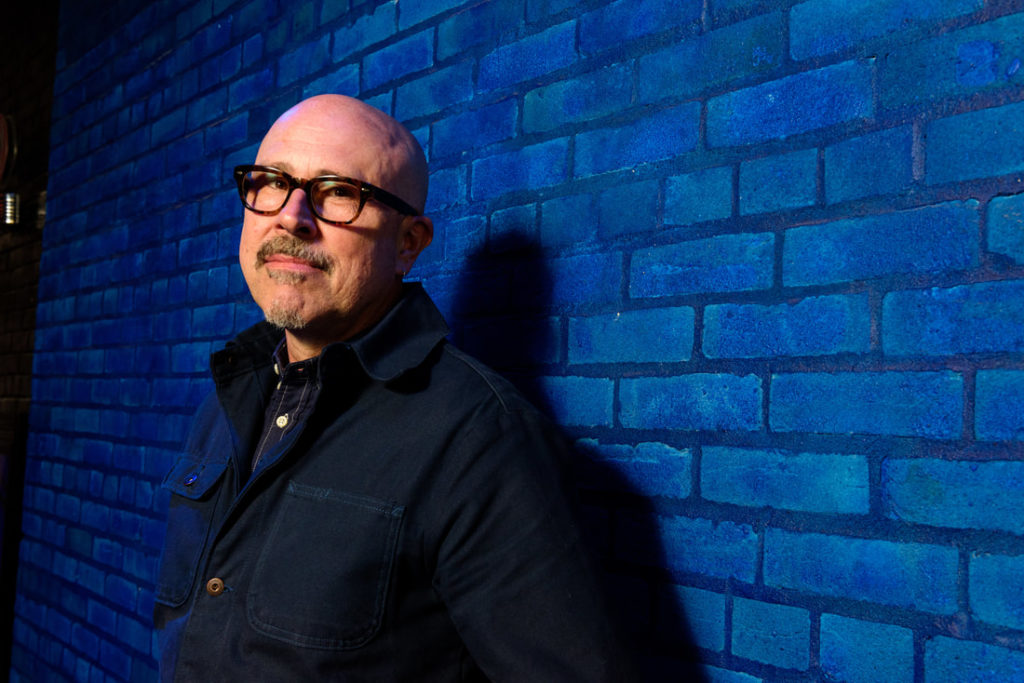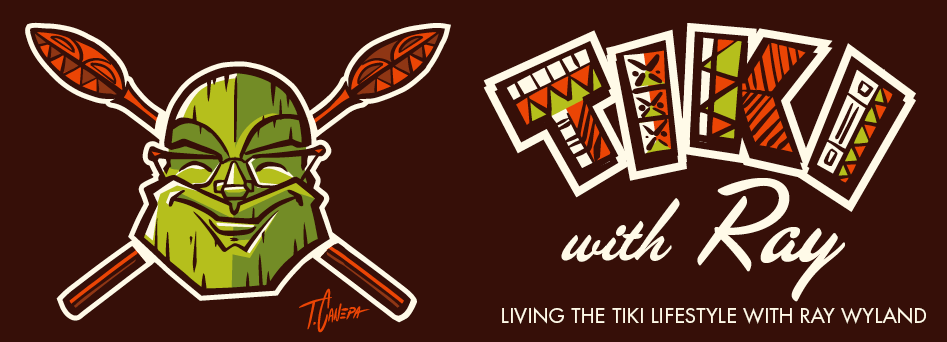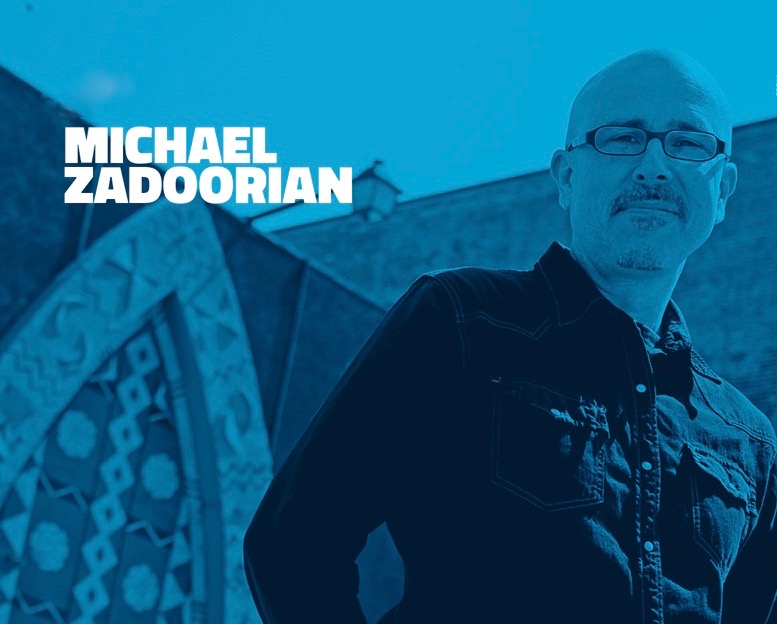
I just finished reading Michael Zadoorian’s new book THE NARCISSISM OF SMALL DIFFERENCES and I totally relate to the characters. Joe, one of the main characters in the book, is a 40 something Gen Xer, no kids, doesn’t want kids, into old stuff and hangs out in tiki bars. This would describe me as well. I hope to meet Michael in person someday, but I already feel like I know him. I know where he’s coming from. Here is Michael Zadoorian’s story …
What was the tiki scene like in Detroit and what is it like now?
Michael- Detroit at one time had a thriving tiki scene with three full-fledged tiki bars/restaurants: The Chin Tiki (which was actually the sister restaurant of Chin’s, a suburban restaurant that is still in existence), which was opened in 1967 and closed in 1980 …
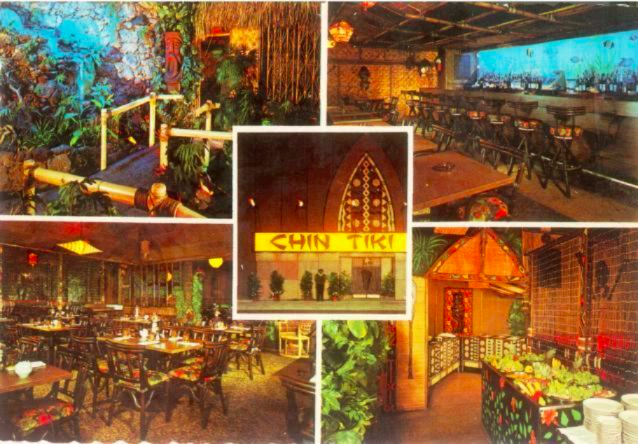
Trader Vic’s which was opened in ’63 and closed in ’75 …
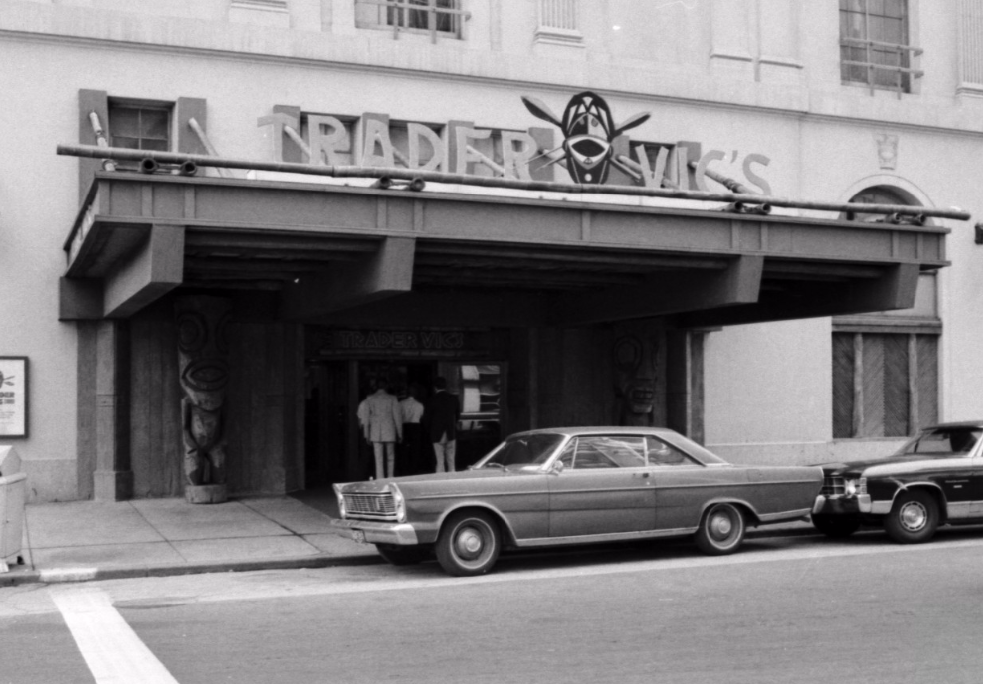
And the Mauna Loa, a spectacular, but short-lived palace which opened in 1967 and was only in business for less than two years, a victim of rapidly declining population and fire. The mugs, S&P shakers, and other objects from the Mauna Loa are among the rarest around.
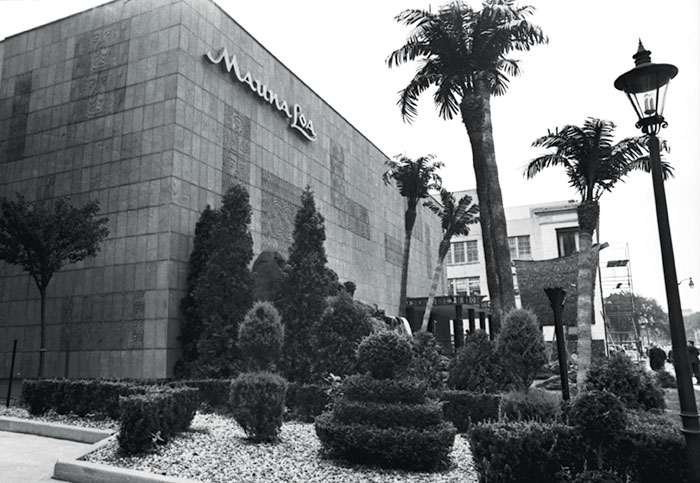
There was also a South Seas-themed cocktail lounge that was around much earlier from the 40’s, called The Tropics, which was located in the Hotel Wolverine.
All are completely gone now, but tiki lives on in Detroit. In the past four years, we’ve gotten two new places, one called Mutiny in southwest Detroit and another called Lost River on the East Side. They’re fairly different, with Mutiny calling itself a “Tiki Dive” and Lost River striving for a more traditional feel. Both do a brisk business, since Detroit, despite not having tiki bars for many decades has some pretty hardcore tiki lovers, most of whom weren’t even born when Detroit had its original places. Many of us gather at them talk about tiki and the places we’ve gone in other cities or countries.
What brought you into the ‘Tiki lifestyle” and how long has it been part of your life?
Michael- Well, I have figured out that the seeds of tiki were planted in my psyche very early. When I was about six or seven, my family drove out west, stopping over for a night in Las Vegas. We stayed at the old Stardust, which had a tiki bar called the Aku Aku. There’s a photograph that my father took of me of the front of the place with an enormous Moai. Though that night, my sister and I stayed in the room while my parents went out to gamble and see Lola Falana perform, I believe that was my first exposure to tiki.
It wasn’t until the early 90s or so that I became avidly interested in it, starting with exotica music then exploring beyond that to the culture and the tiki bars themselves. Something about all of it just resonated with me, to the point where tiki and exotica are mentioned frequently in my first novel SECOND HAND.
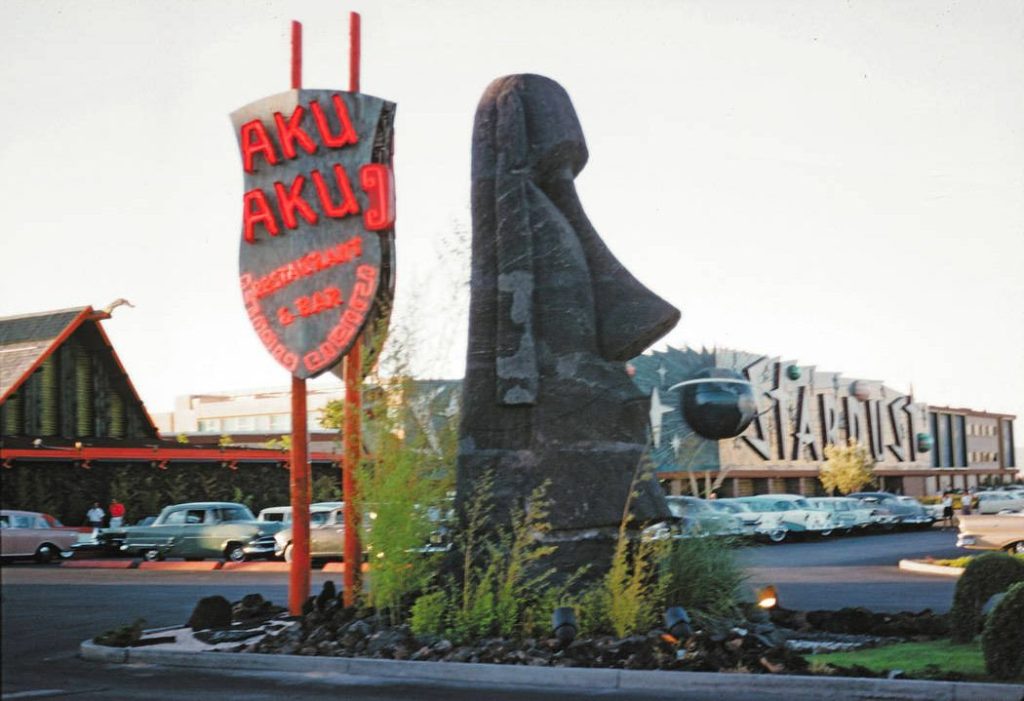
What inspired you to become a writer?
Michael- To be frank, I came to it late. I’m not one of those writers who was crafting short stories as a toddler. I didn’t really start writing seriously until my mid-twenties. I’m not entirely sure of what inspired me, but at a certain point, I remember thinking that I wanted to write a book. For the first three years I just wrote secretly. I didn’t talk to anyone about it. I was just getting up every morning for an hour or so to write in the attic. My wife knew, but she respected my privacy and didn’t ask me too much about it.
By the time I actually got around to taking a writing class, I had been writing for some time. Ultimately, I think it was beneficial, doing it on my own for a while, even though I felt as though I had no idea what I was doing. I suppose it takes a certain amount of ego to think that you have stories worth telling, but I do think you have to want to be heard in some way. Part of the fun for me has been telling stories that people might not normally find in so-called “literary fiction,” in milieus like thrift stores or abandoned tiki bars, as well as the people who are obsessed with them.
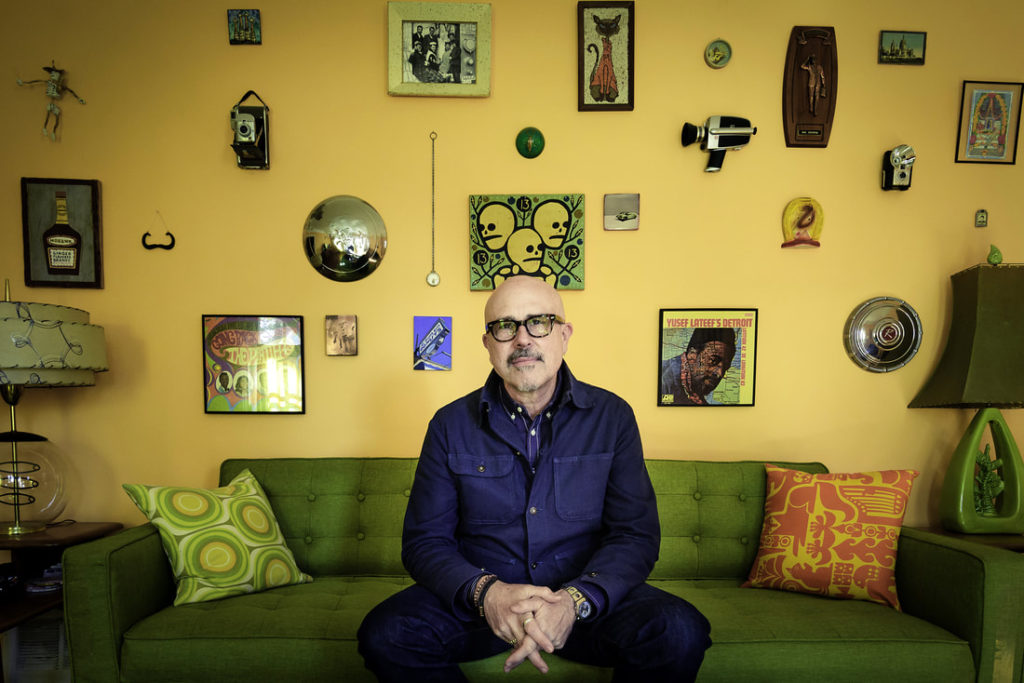
Can you talk little about the books you have written?
Michael- My first novel SECOND HAND (W.W. Norton, 2000) is the story of Richard, a Detroit-area vintage store owner who collects tiki, vinyl, and other obscure items. He spends his days going to estate sales, garage sales, thrift stores searching for merchandise for his store. When his mother dies, he finds himself going through the debris of his own life. Along the way he meets Theresa, a thrift-loving woman who works at an animal shelter. I would call it a humorous meditation about materialism, love, loss and why old objects speak to certain types of people. It’s been in print for a long time, thanks to new generations of thrifters discovering it and spreading the word.
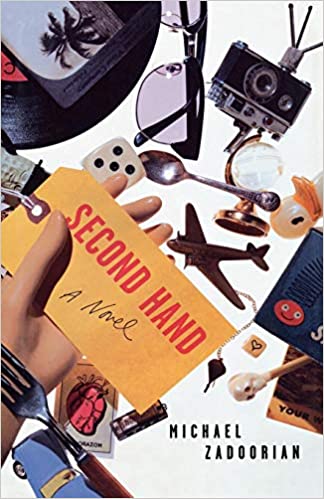
My second novel THE LEISURE SEEKER (William Morrow, 2009) was a big book for me. In 2018, it was made into a film with Helen Mirren and Donald Sutherland. It’s the story of John and Ella, two eighty-somethings, both ill in different ways, who kidnap themselves from the doctors and grown children who run their lives for a final adventure in their ancient Winnebago. They take Route 66 to Disneyland. (Guess where they end up there.) The book is the story of their journey – the campy tourist traps, the giant colossi of dinosaurs and astronauts, ghost towns, petrified forests, as well as the people they meet along the way. At night, they relive their lives through the slides that they project on the side of their camper. Like all my books, there are serious themes, but always a lot of humor.
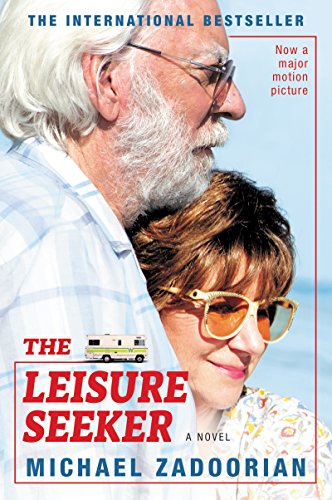
My last novel BEAUTIFUL MUSIC (Akashic Books, 2018) is about one boy’s transformation through music. I’d always wanted to write a coming of age through music, my own version of Almost Famous. Set in 1970’s era Detroit, it’s the story of Danny Yzemski, a husky, pop radio-loving loner who balances a dysfunctional home life with the sudden harsh realities of freshman year at a high school marked by racial turbulence. At a tumultuous time in his life, Danny discovers rock ‘n’ roll and it becomes absolutely everything to him. The book is very much about what music can mean to people and how it can save us when nothing else can. There’s a lot of musing about vinyl in the book.
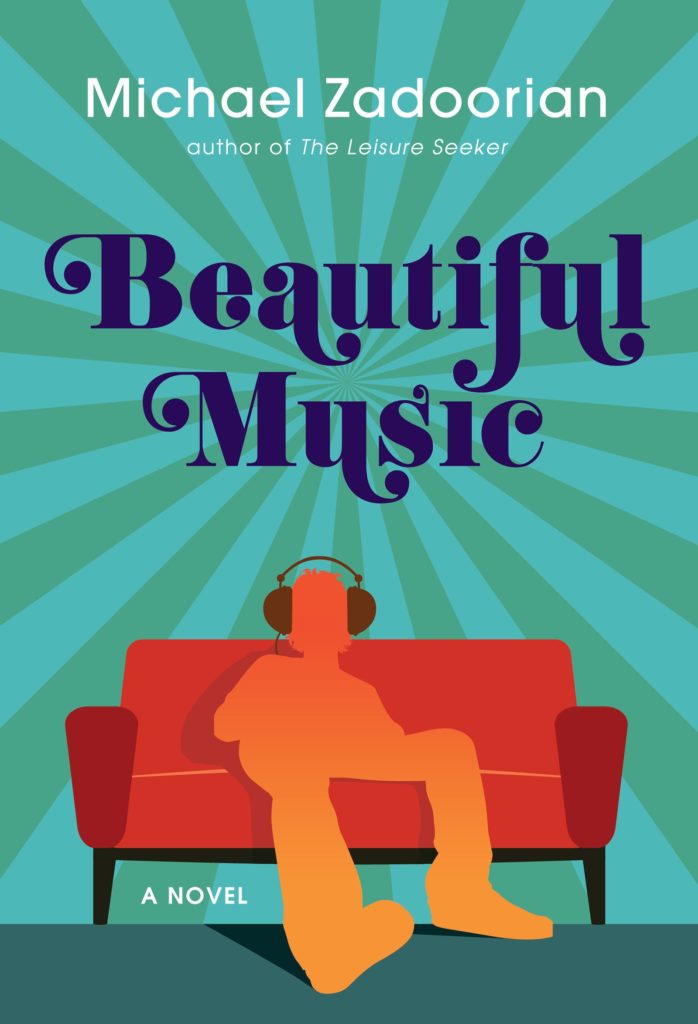
I’ve also got a short story collection called THE LOST TIKI PALACES OF DETROIT. (WSU Press, 2009) Though the title story is very much about tiki and Detroit (are you sensing a pattern here?), there are other stories about junk store owners, collectors, urban exploration and life in a city where so much is abandoned.

You have a new book coming out called THE NARCISSISM OF SMALL DIFFERENCES. Can you tell us what the book is about?
Michael- Sure. Here’s my official spiel on the book, which comes out May 5th: Set in bottomed-out 2009 Detroit, THE NARCISSISM OF SMALL DIFFERENCES is the story of an aging Gen X creative class couple stuck between mainstream and alternative culture, sincerity and irony, achievement and arrested development. It’s a comic novel about selling out, buying in, and compromise: the financial compromises we make to feed ourselves; the moral compromises that justify our questionable actions, and the everyday compromises we all make just to survive in the world. Yet it’s also about the consequences of those compromises and the people we become because of them. And big surprise: there’s tiki in it. Specifically, Detroit’s lost temple, The Chin Tiki. (Fun fact: it’s the tiki bar that was featured in the film 8 Mile.) There’s also much commentary on the Boomer/Gen X obsession with irony and hi-lo culture.
Sven Kirsten, author of THE BOOK OF TIKI was kind enough to do a quote for the cover: “When you have spent a life living apart from the mainstream, carving out a niche of artful individualism, it’s good to find that you are not alone after all. Michael Zadoorian’s THE NARCISSISM OF SMALL DIFFERENCES shows you that there are kindred souls in all the cities of the world who struggle with the same failures and successes. It’s like discovering your family.”
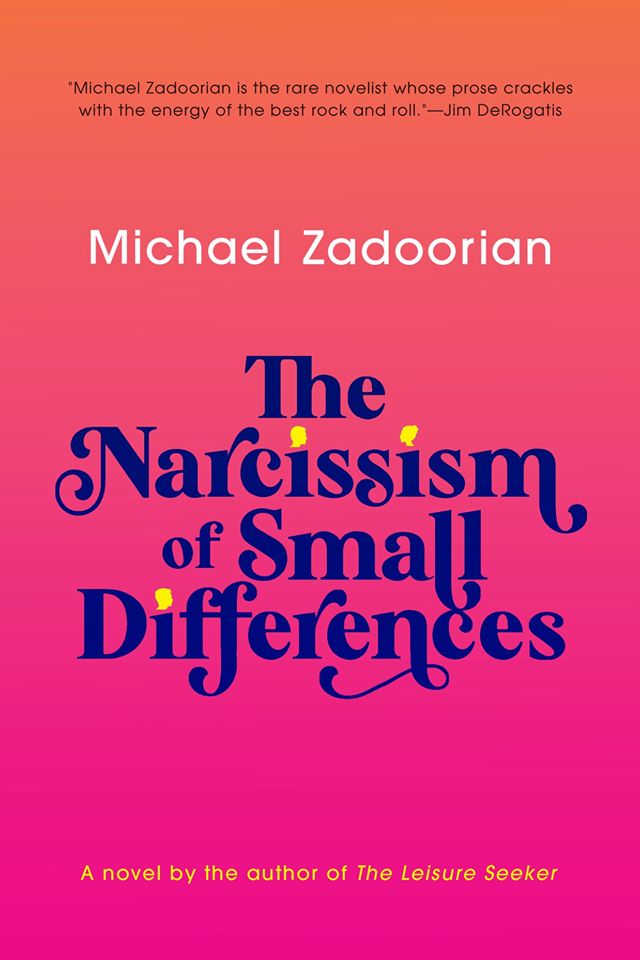
What is your favorite Tiki drink?
Michael- I do love a good Mai Tai, but I have to admit, I can’t drink a lot of tiki drinks, especially the old-school drinks. The sugar starts to get to me. I am loving some of the newer, lighter tiki drinks that I’ve had lately, even some that use non-traditional spirits like cognac or vodka (gasp!). They’ve got a nice one at Mutiny in Detroit called the Scorpion Bowl. Also, while at the Foundation Tiki Bar in Milwaukee, the owner turned me on to some nice anejo rums that were great for sipping. And the Hawaiian Sunset at Undertow in Phoenix was also light and tasty (not to mention an original recipe from the Aku Aku).
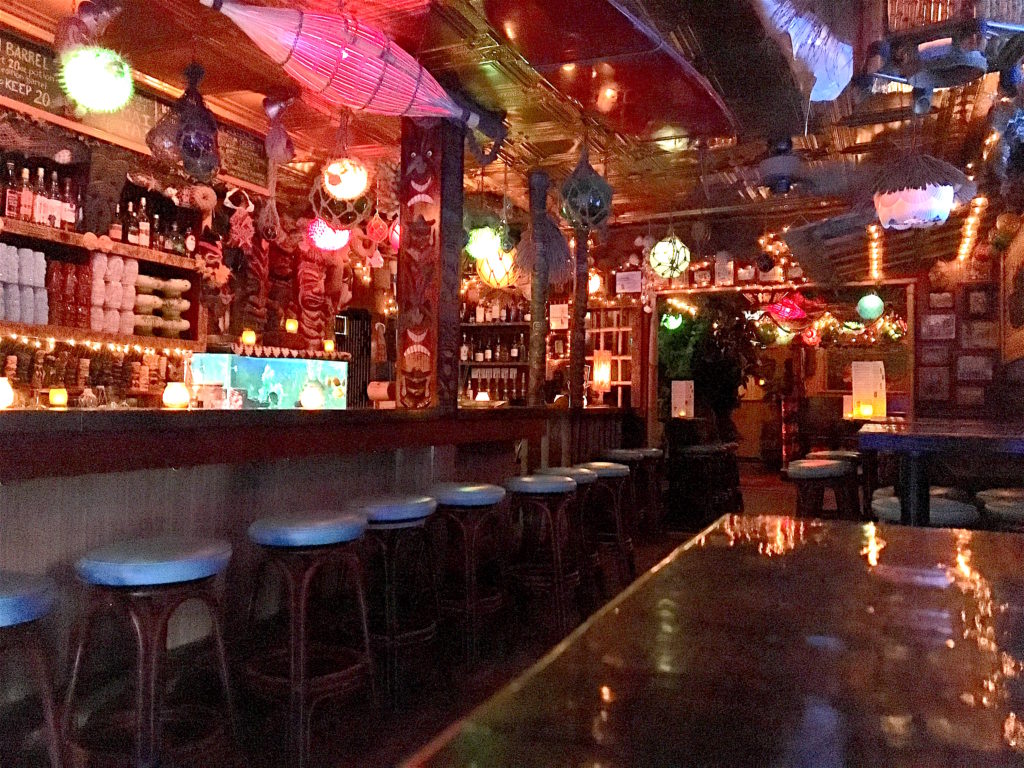
What does the future hold for you?
Michael- Really, I just hope to get another book out there. I’ve got a new book currently without a home and I’m working on another new one, but the literary world has no guarantees. It’s always a struggle getting a book published. I have to treat each one as if it’s the last and just hope that it won’t be.
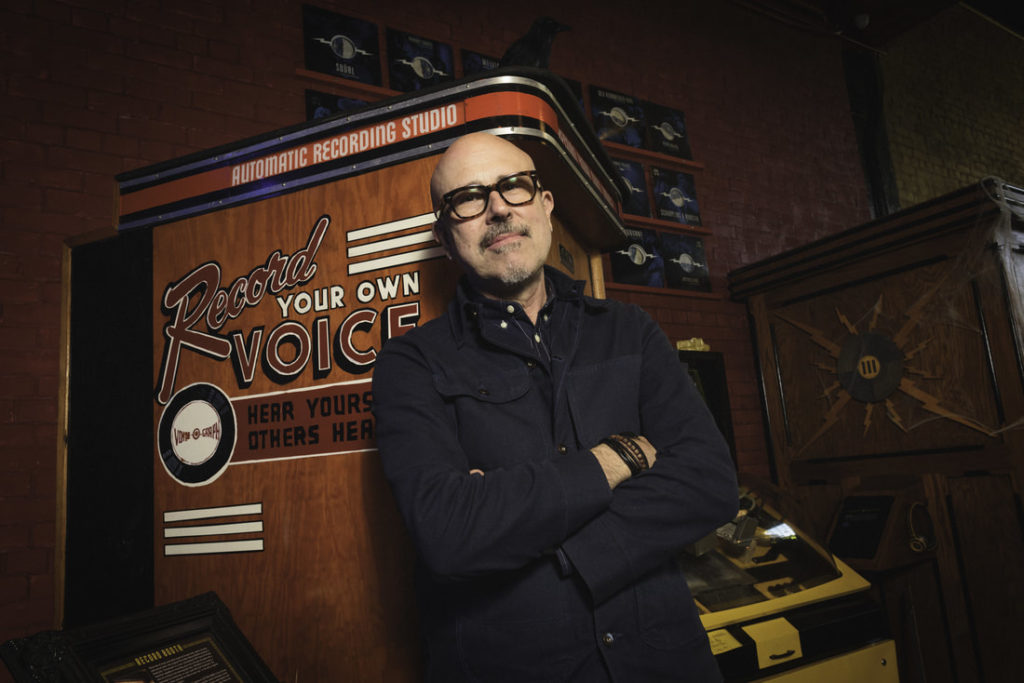
Anything else you would like to add?
Michael- Just thanks for talking to me, Ray. With this new book, I’ve realized that maybe I should be reaching out to tiki podcasts and websites about my work since tiki has been working its way into all my books. It wasn’t until I started talking about my work as a whole that I definitely started to see certain similar themes in all of them: memory, music, fascination with earlier eras and locales, “obsolete” technology, the photographic image, and other things quite possibly of interest to the folks who also love tiki.
I’m going to sneak in some plugs too. THE NARCISSISM OF SMALL DIFFERENCES comes out May 5th. It’s available for pre-order now wherever books are sold or here. You can get information about all my books at my website. I’m also on Facebook (@michaelzadoorian), Twitter (@zadoorian) & Instagram @michaelzadoorian.
